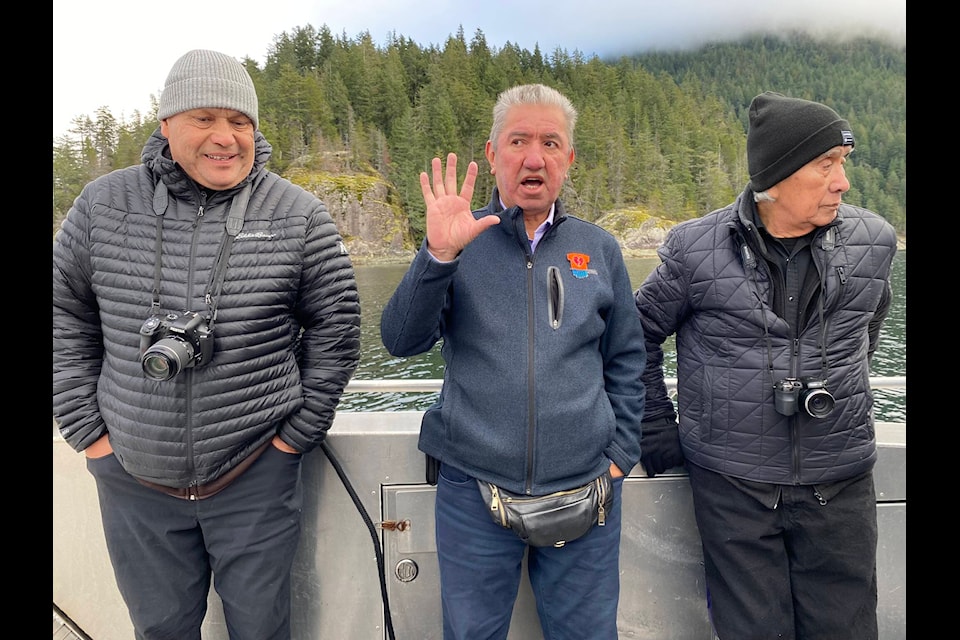The stories and histories of Homalco elders were recorded for posterity in the 1990s and now that wealth of material is being brought to a new generation in a format that might appeal to them.
The Homalco First Nation is putting together a graphic novel that will bring those stories to the next generation. The project, funded by Education Without Borders, the UBC Comics Studies program and the UBC Community Engagement Officer, is being run by Tchadas Leo and three Indigenous artists have been working hard on three distinct stories for the book. The graphic novel is based on the recordings, which were also used in a mini podcast series hosted by Leo and put out by Homalco First Nation-owned radio station 100.7 The Raven.
“They were recorded for history and to hang on to whatever knowledge we could from those Elders,” Leo said. “I’d say 80 per cent of those Elders aren’t here anymore. So we captured what they knew as quickly as we could back in the day … Then for the podcast, I’d grab my assistant and find the Elder and talk about what they said. There’s canoeing, hunting, trading with other Nations, wars with other Nations, whatever it may be. Then we’d analyze the stories and talk to the Elders and kind of bring a modern touch to it.”
Since he did the work on the podcast, Leo was an easy pick to run the graphic novel project.
“I decided to take on the challenge,” he said. “We’ve got a great team together including the artists and we’re gonna try and pump out this graphic novel.”
He said the idea of a graphic novel came from Education Without Borders, who “thought maybe this graphic novel would help the youth and the children engage more with the language and want to learn it more.”
The artists are Alina Pete, a Nêhiyaw (Cree) artist from Little Pine First Nation in Saskatchewan, Valen Onstine, a Cree and Deneza trans visual artist from Horse Lake First Nation in Alberta, and Gord Hill, a Kwakwaka’wakw artist. The artists will each be working on a separate section of the graphic novel.
“They’ll have a different style and a different take but, ultimately, we wanted to have three different artists do it their way. So it’ll have a variety within the book, with some underlying things that will match all three of them,” Leo said. “But, essentially, it’ll be three uniquely different stories based off of those recordings.”
To help inspire the artists, the Homalco First Nation took them on a site visit, alongside the Elders who gave their stories to the project, to the traditional territories in Bute Inlet.
“No picture is gonna really justify the color of the water how tall the mountains are or the steepness of the cliffs,” he said. “Those artists got to go on that boat trip and learn from them and see those spots. They were sketching them right on the boat.”
As the artists finish their work, Leo will be taking the text to community members to get translations into ʔayʔaǰuθəm (Ayajuthem), the traditional language of the Homalco People.
Leo himself has a connection to the project. He is from the Homalco First Nation, but no longer lives on the reserve.
“The project is a way to reconnect back to my to continuously reconnect back to my nation, my language and my identity as an Indigenous man,” he said. “To have this opportunity to reconnect and do it through you know, the type of work that I do … it’s an amazing way for me to give something back to the community.”
Leo said he hopes to have a copy of the graphic novel ready for the community by summer.
RELATED: Homalco First Nation celebrates Ayajuthem language
Homalco First Nation undergoing language revitalization project
